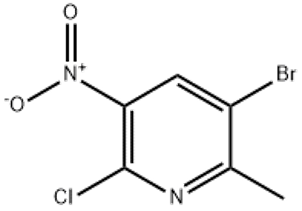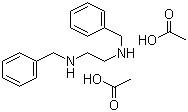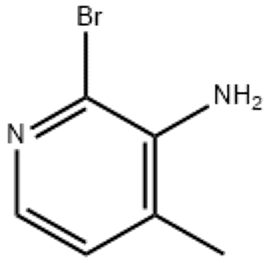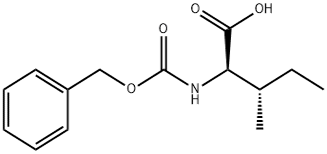2-Chloro-3-Nitro-5-Bromo-6-Picoline(CAS# 186413-75-2)
Risk and Safety
| Risk Codes | 20/22 – Harmful by inhalation and if swallowed. |
| Safety Description | 36/37 – Wear suitable protective clothing and gloves. |
| HS Code | 29339900 |
2-Chloro-3-Nitro-5-Bromo-6-Picoline(CAS# 186413-75-2) Introduction
-Appearance: CNBMP is a colorless or slightly yellow crystalline solid.
-Melting point: The melting point of CNBMP is between 148-152 degrees Celsius.
-Solubility: CNBMP has good solubility in organic solvents, but low solubility in water.
Use:
- CNBMP is widely used as a pharmaceutical and pesticide intermediates. It can be used as raw materials for the synthesis of some drugs and pesticides, such as anti-cancer drugs, antibiotics and pesticides.
-Because CNBMP has some special chemical properties, it can also be used in the production of dyes, paints and other pigments.
Method:
- CNBMP can be prepared by chemical reaction. One common method of preparation is by condensation of 2-bromo-3-nitro-5-chloro-6-methylpyridine and sodium bromide. The reaction is generally carried out in an organic solvent at an appropriate temperature and pH.
Safety Information:
- CNBMP is an organic compound, so you need to be careful when using and handling it. It can be irritating and harmful, so appropriate safety measures should be taken, such as wearing chemical protective gloves and respiratory protection.
-During storage and transportation, CNBMP should avoid contact with oxidants, strong acids and strong bases to prevent dangerous reactions.
-In addition, when disposing of CNBMP’s waste, it should be properly disposed of in accordance with local regulations to ensure environmental and human safety.
Please note that CNBMP is an organic compound, and proper use and handling are very important. Before use, please be familiar with its safety and use guidelines, and follow the experimental procedures.







